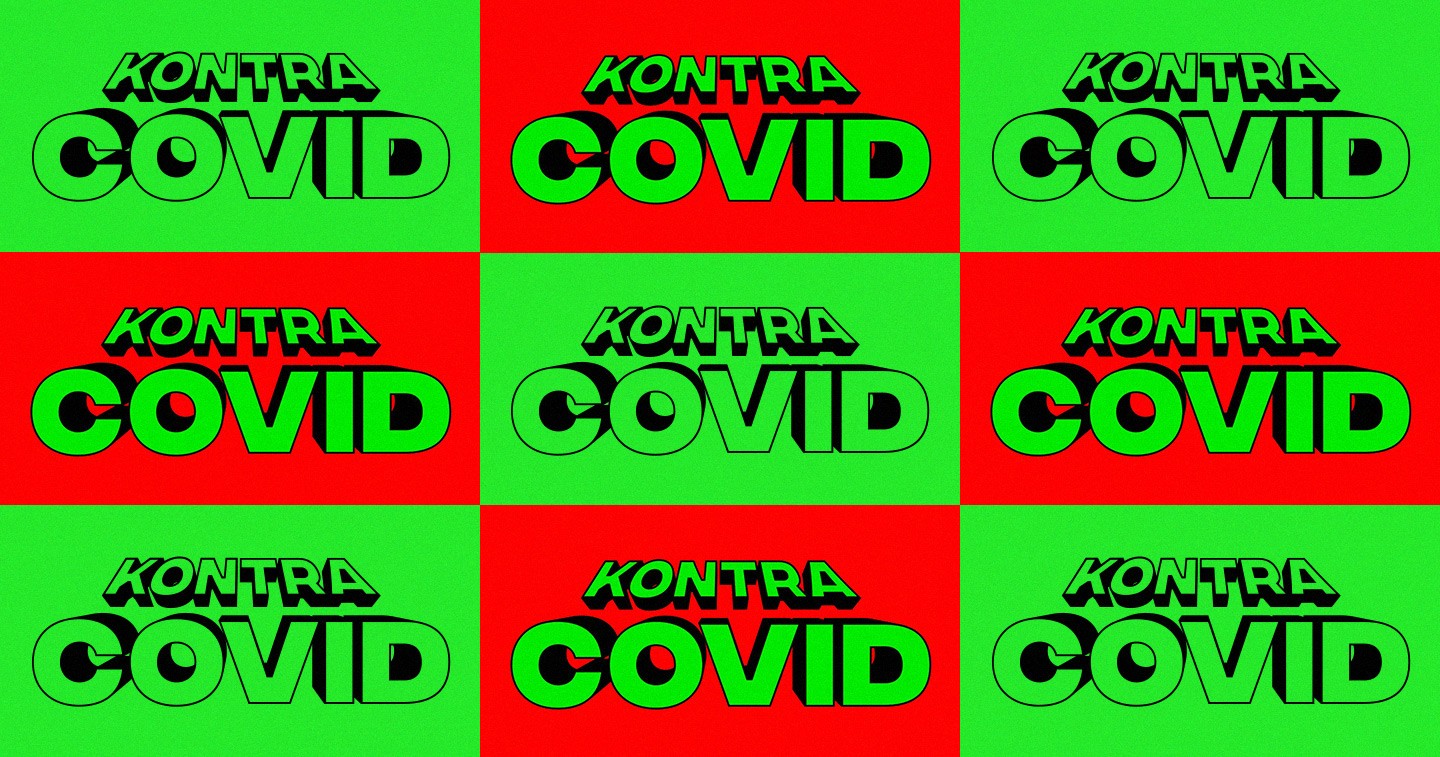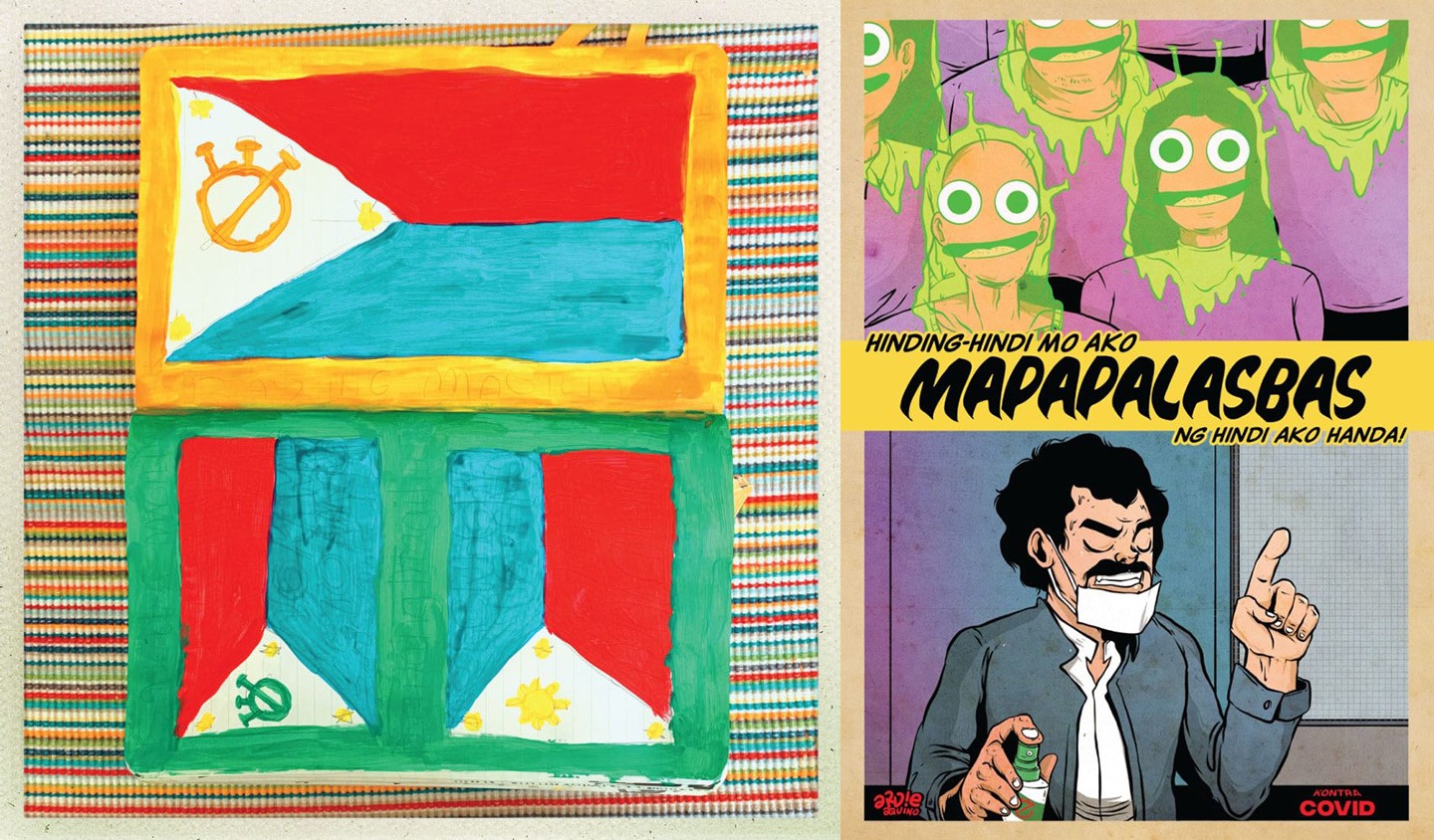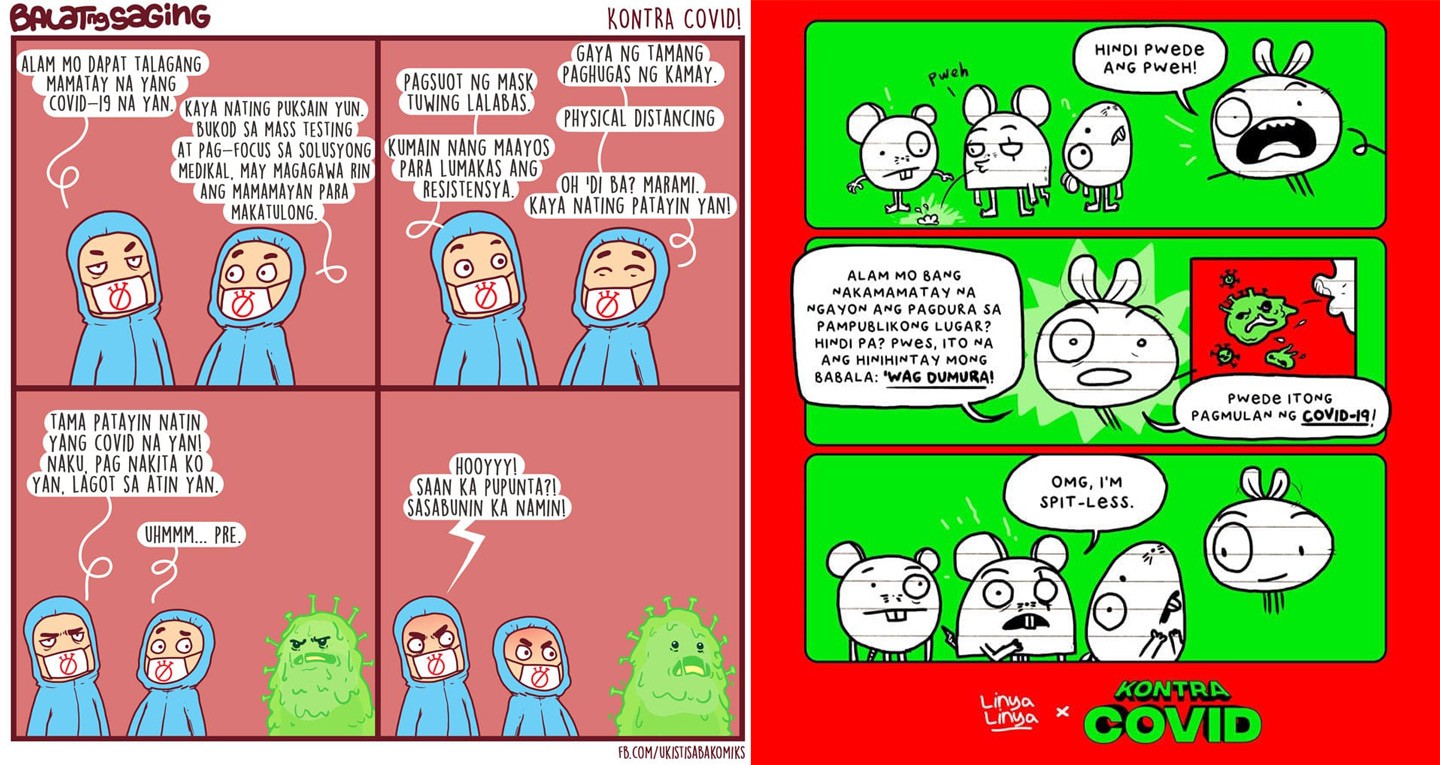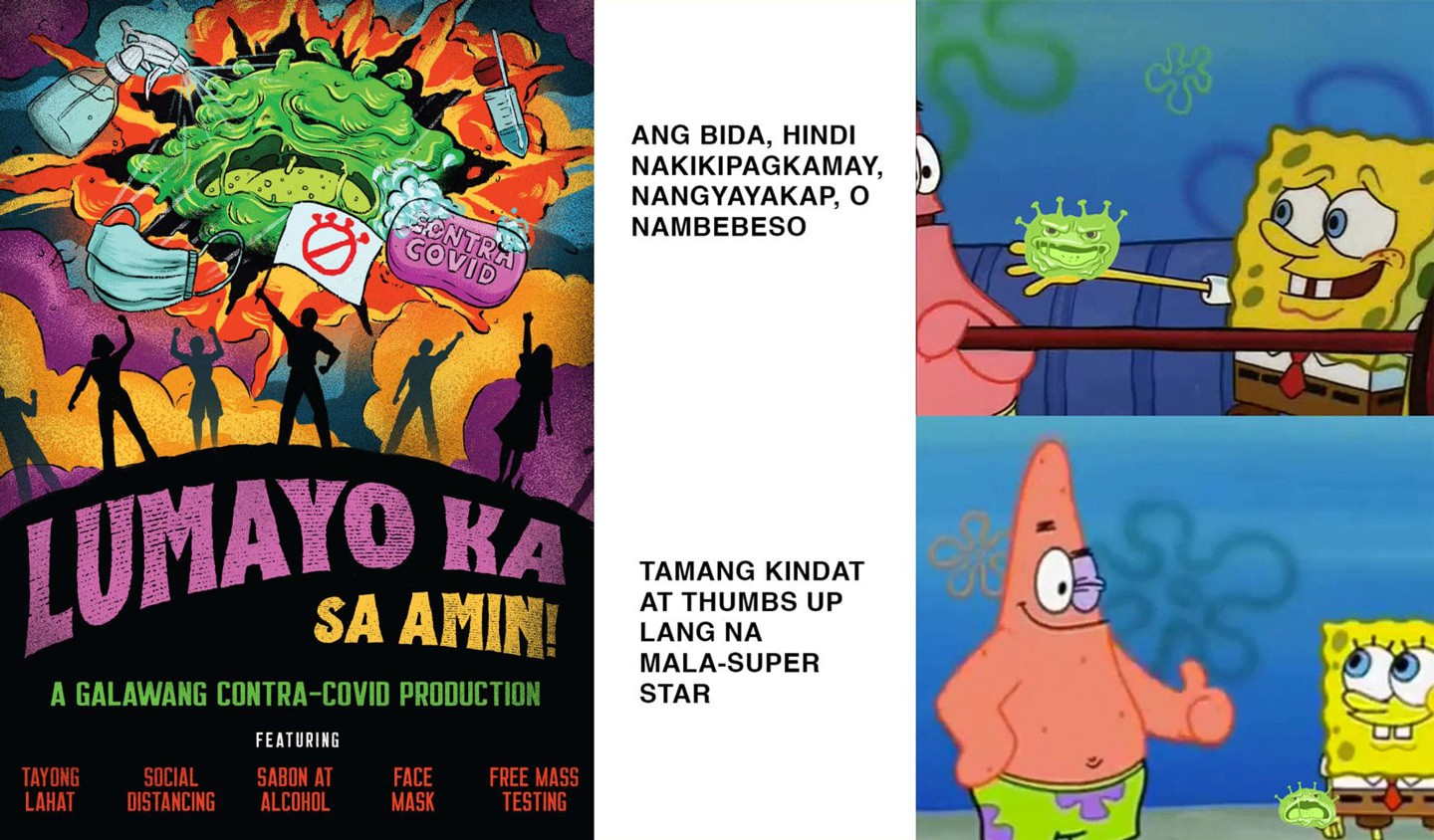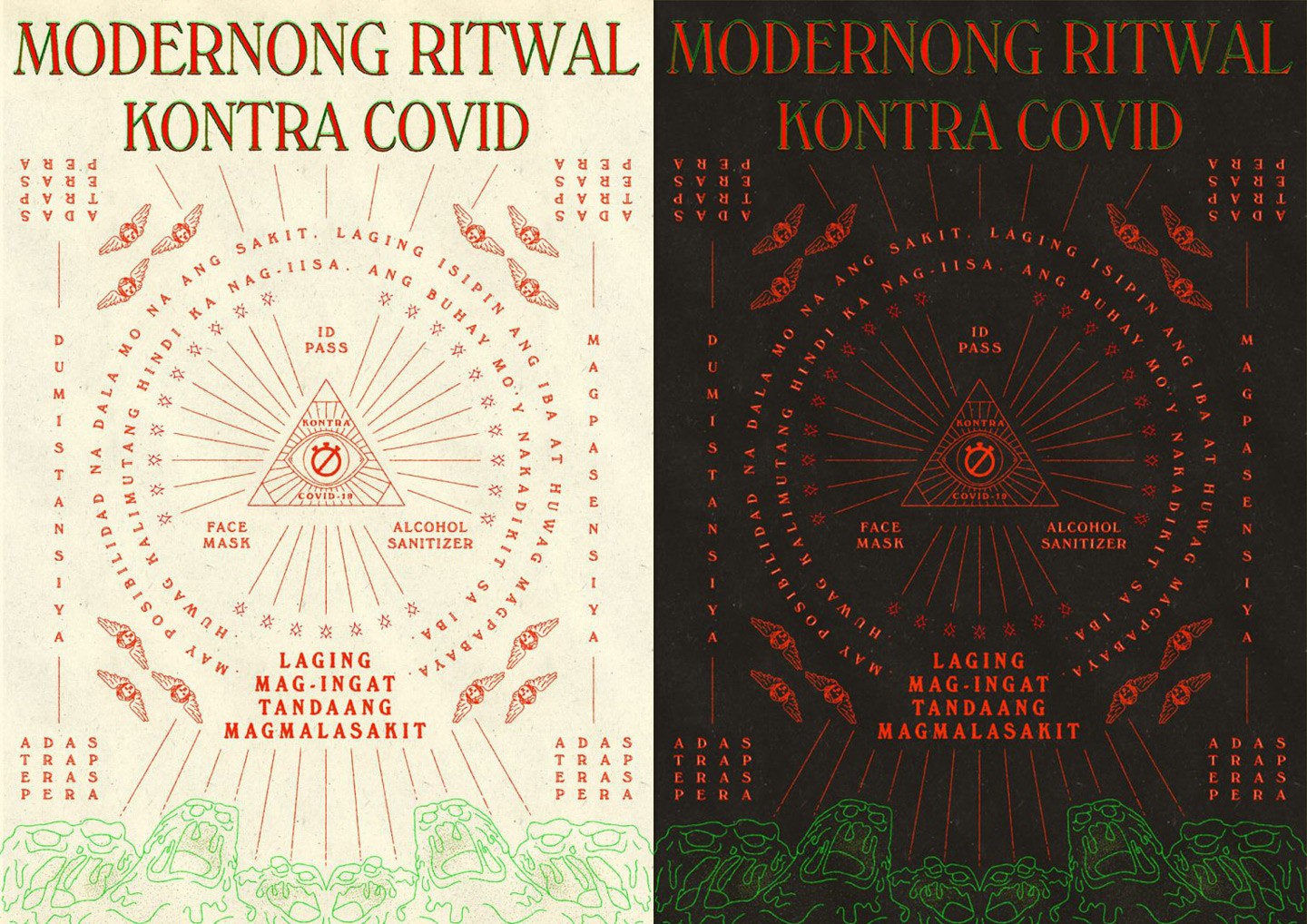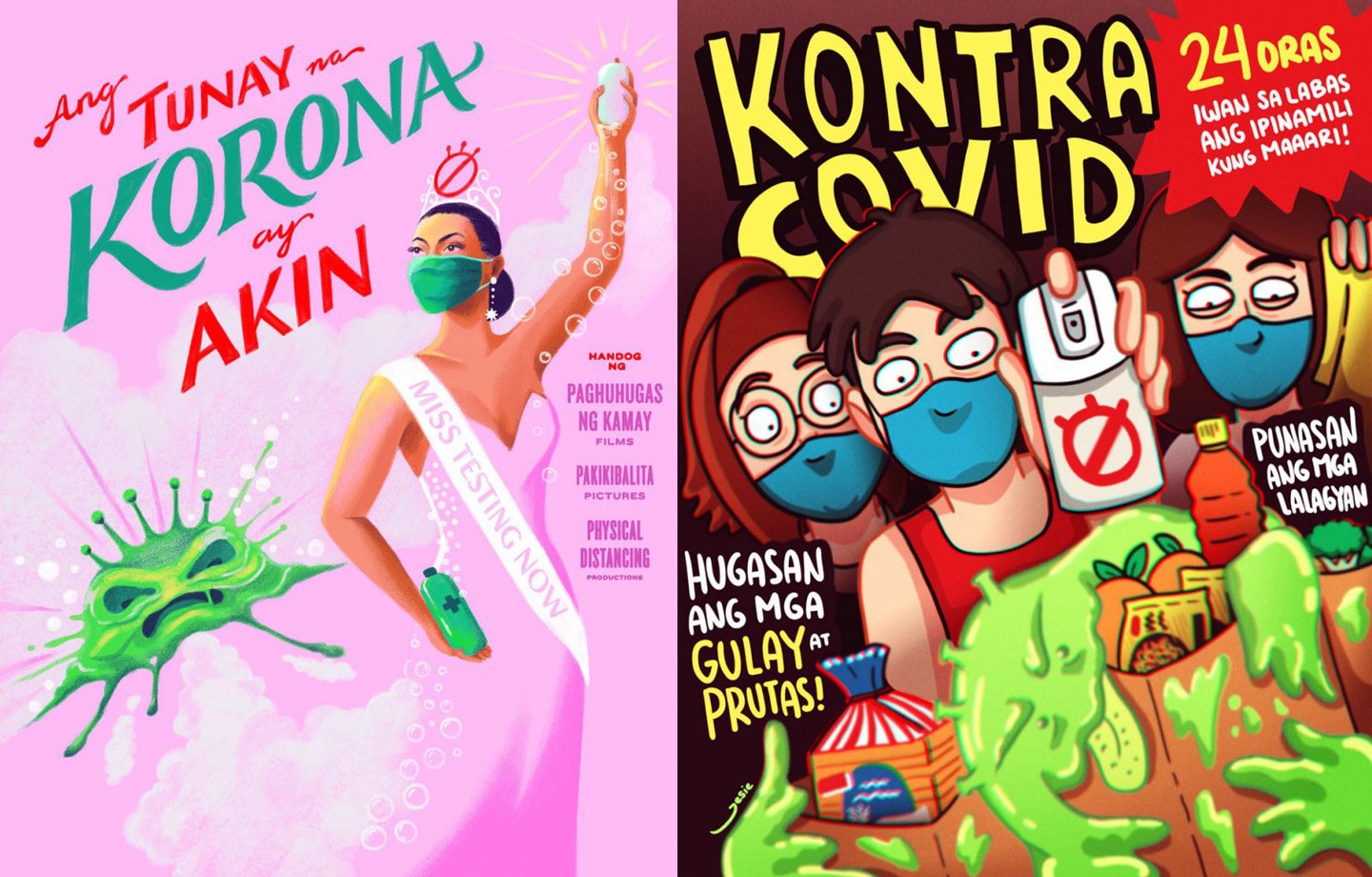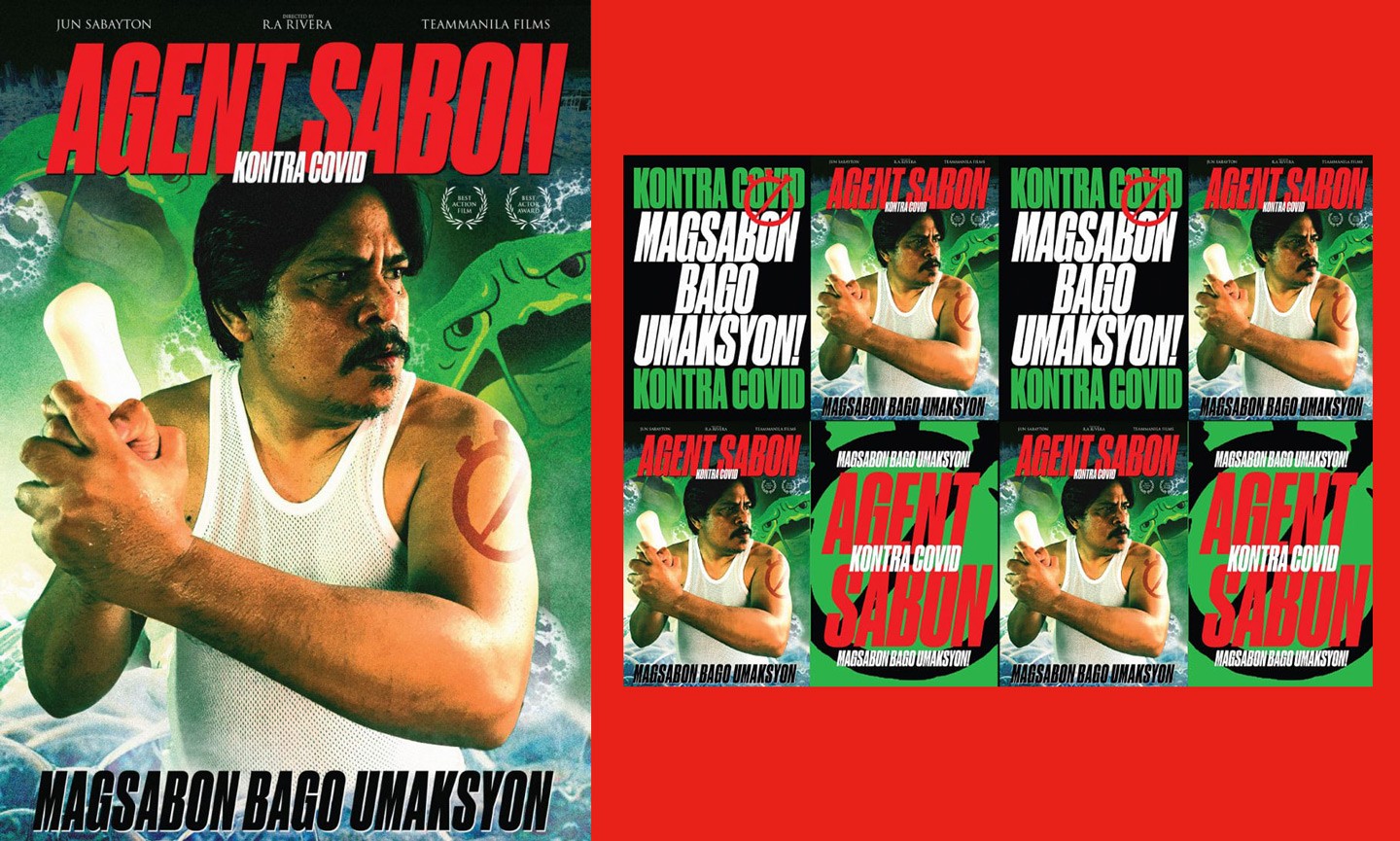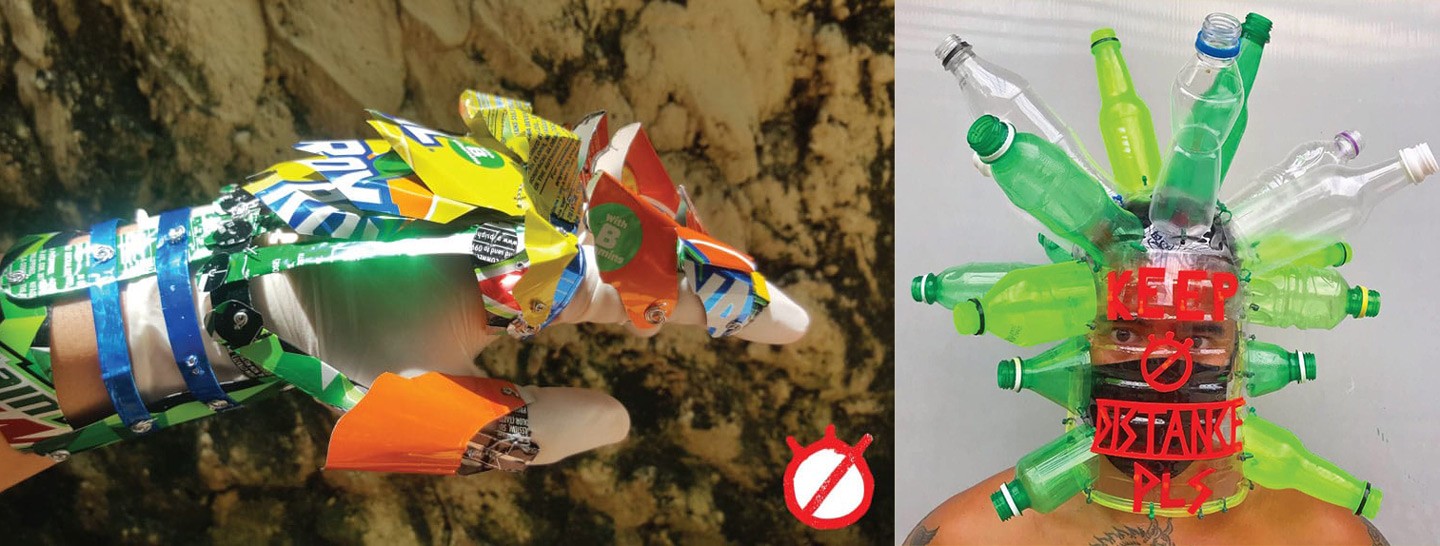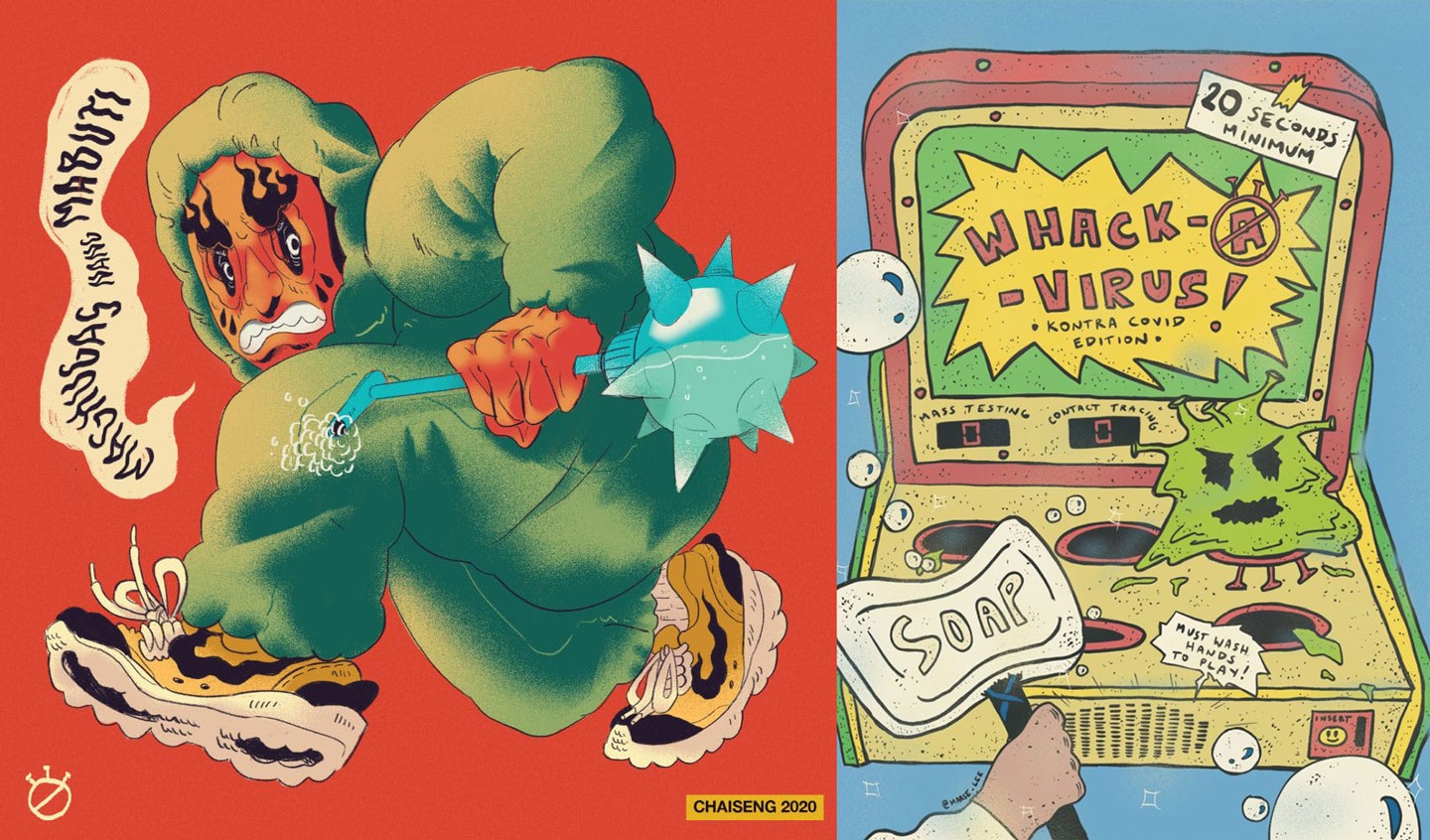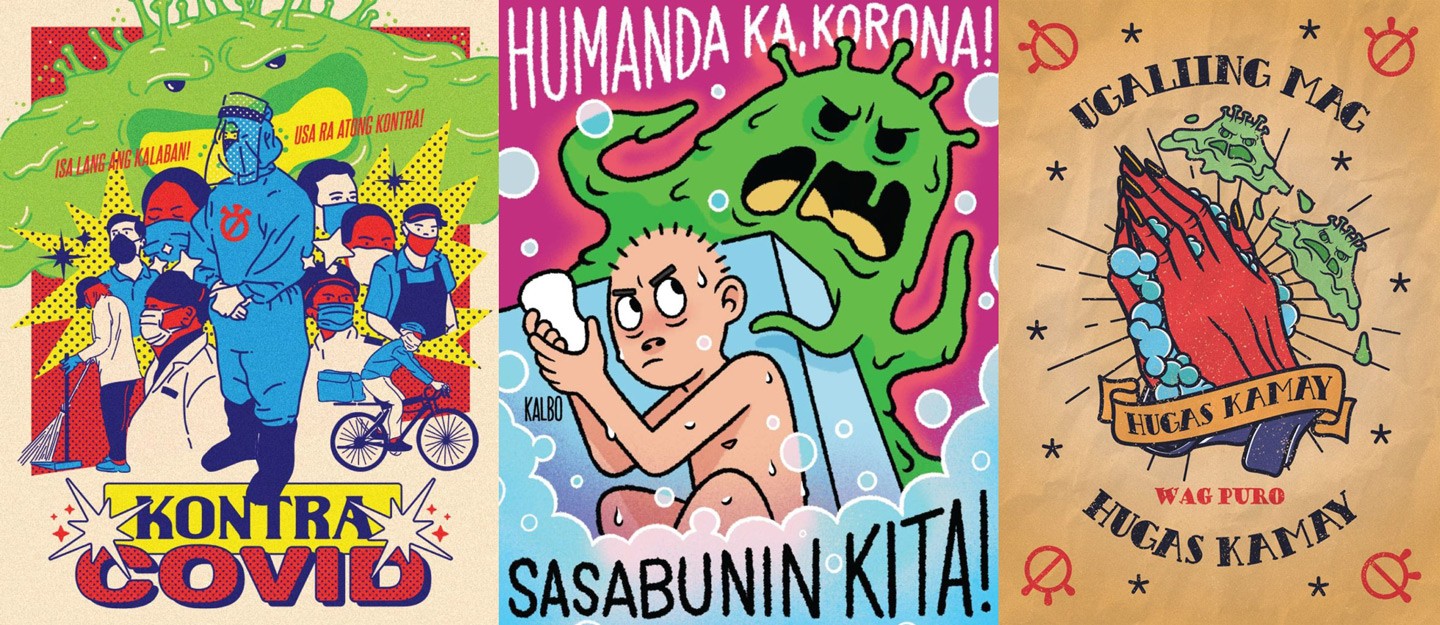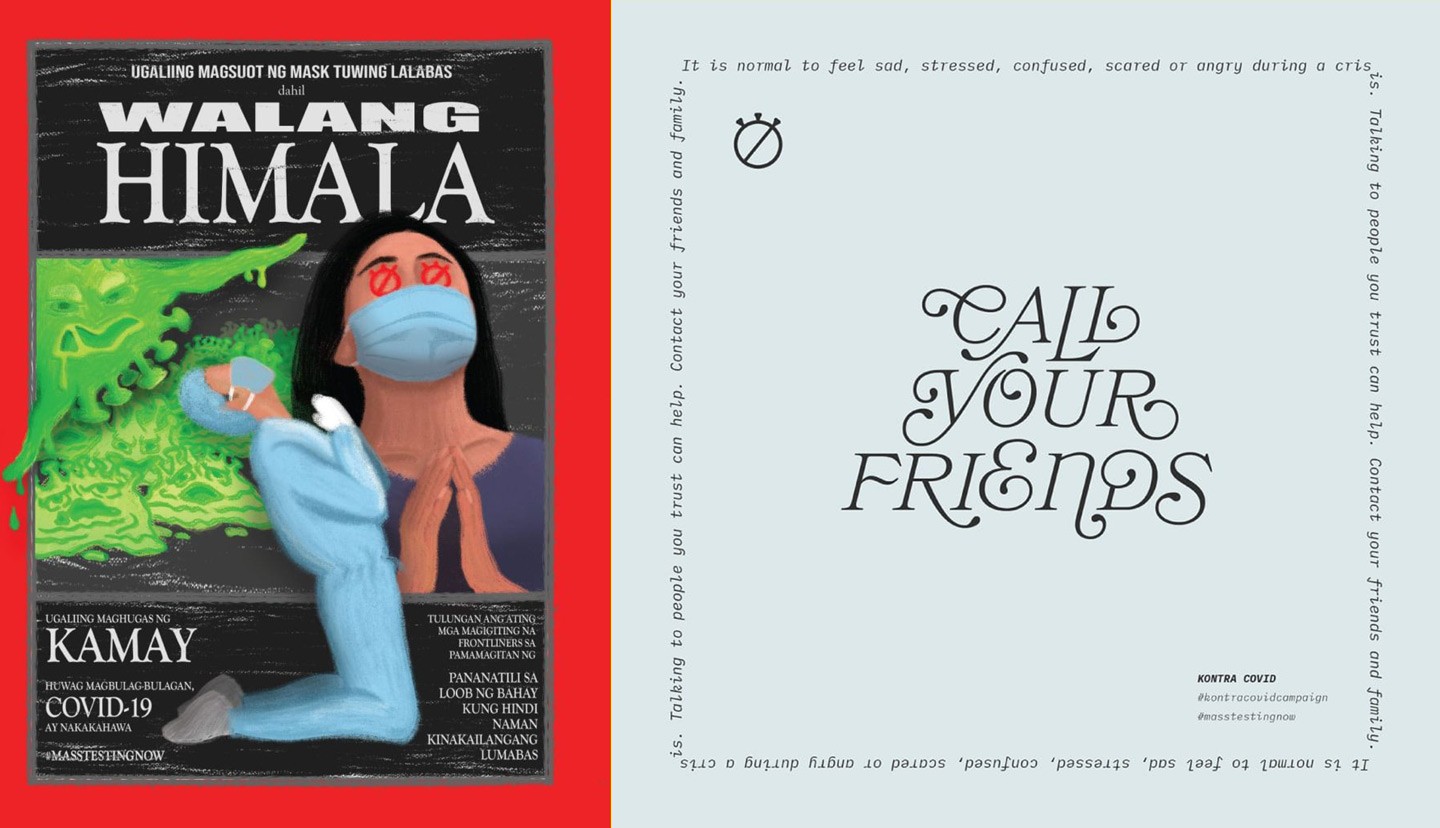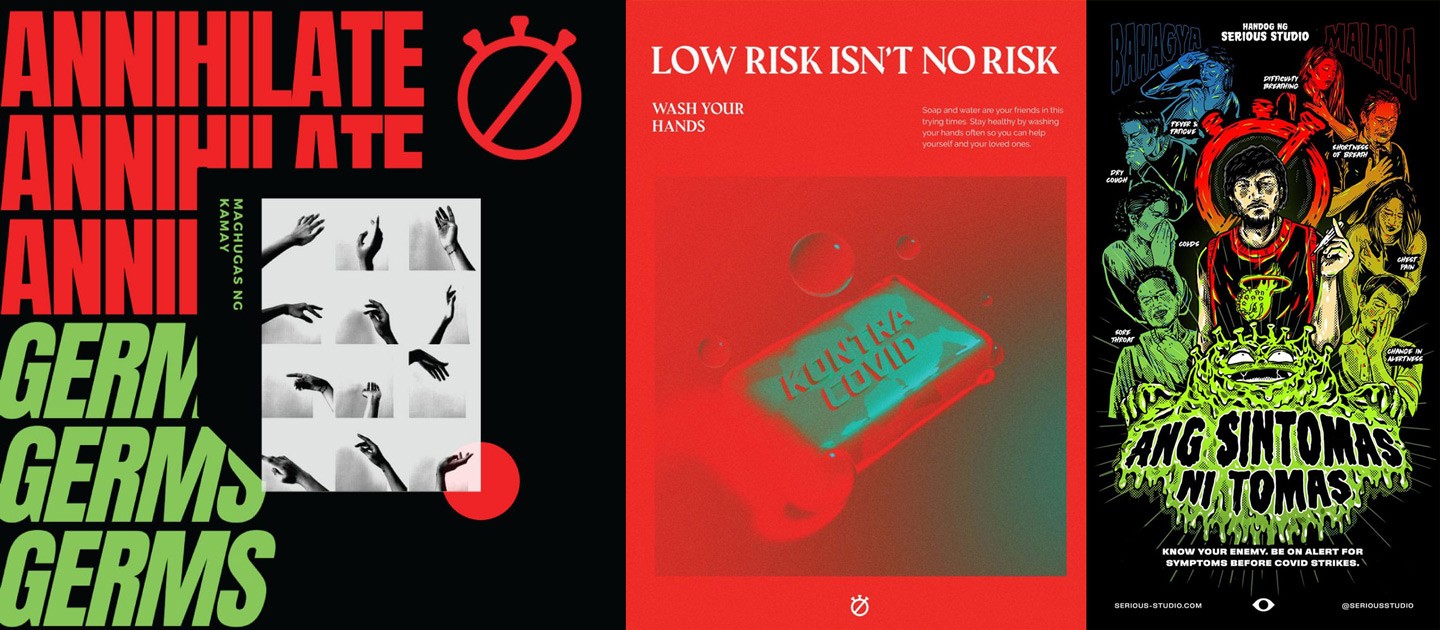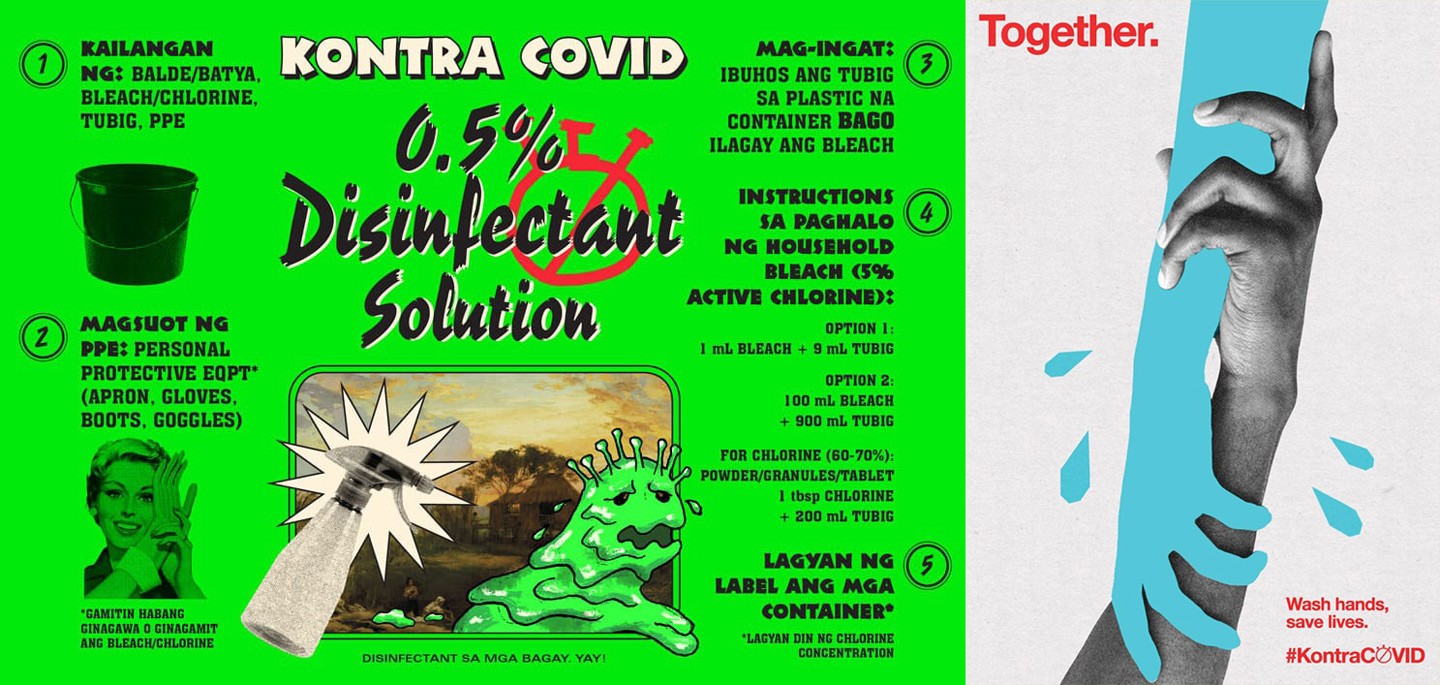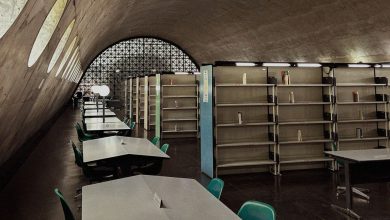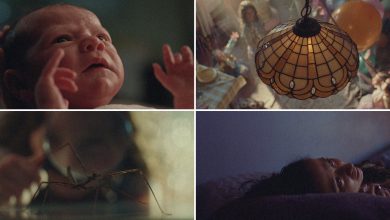MANILA, PHILIPPINES – Design studio And A Half has released a vibrant new initiative to battle misinformation in the Philippines towards the COVID-19 pandemic. The project, Kontra COVID, calls on Filipino artists, designers and content creators to submit posters that tell the story of the country’s fight against the virus.
The initiative takes on the classic story of Bida Vs. Kontrabida (“hero vs. villain”) with the Filipino people taking on the protagonist’s role, and the virus embodied as the antagonist. Inspired by the aesthetics of iconic Pinoy Action Films, the works submitted offer a wide spectrum of unique design styles and interpretations of the brief.
Some big design studios and creative personalities also participated in the open call with submissions of their own, including Linya-Linya, Garapata, and Team Manila, to name a few.
The adobo magazine team caught up with And A Half Social Design and Project Head Corinne Serrano to discuss the project, and the creative community’s vital role in making information accessible and easily-comprehensible to the public:
What problem is the Kontra COVID campaign trying to solve?
“During the first few weeks of the lockdown, we heard of several reported incidents that didn’t follow the new health guidelines from WHO and DOH. People started calling others stupid for not taking preventive action against the virus. ‘Bobo yung mga nasa sabungan! Bobo yung mga tumatambay at nagiinuman.’ I really cringe when I hear this because it’s not that people are stupid, it’s because necessary information is not cutting across in an effective manner.
“How might we help Filipinos understand that their actions are no longer just theirs but part of a bigger picture? How can we help each other see that our actions have direct implications to homes and communities?”
“We realized that we can’t blame people for their lack of understanding of key public health concepts because these seem culturally foreign. From a communication standpoint, we’re talking about countering things and habits ingrained in our culture: from the Filipinos’ love for mass gatherings and celebrations (whether they be religious or for leisure) to daily activities like catching up with neighbors. This pandemic is asking us to change our habits and this does not happen instantly. Constant reinforcement is required.”
“The clear communication problem I saw was the lack of contextualised information for people to understand why our situation is so grave and what this means for themselves, their loved ones, and of course our country.”
Do you think design and creativity can solve these problems?
“I believe that our response to communicating proper information should be creative so that we can effectively drive behavioural change. We should use the power of art and design to translate information into something more emotional in order to effectively transform mindsets and habits. If people understand better, deeper, and in context to their personal experiences, then following would not be a burden but rather the simple and obvious choice.”
Design-wise, what inspired the theme of Good Vs. Evil and the classic Filipino action movie aesthetic?
“We were thinking of themes and values that were shared by most Filipinos. With the help of Ali [Sangalang] from Linya Linya, we were able to pinpoint that this theme of bida at kontrabida is a recurring Filipino concept that could cut across different cultures, political parties, religions and beliefs.”
Why is it important to include the creative community in the conversation through an open call?
“We wanted to create a safe space for artists, designers, and content creators around the country to talk about what could be improved in responding to the pandemic. After hearing from the experiences of my friends spread across the country, I realized there was a need to have a wider spread of proper information, especially to places outside of Manila. At the same time, I realized that this task wasn’t something I could do alone. As an outsider, I would never fully understand the context of what was going in places outside of Metro Manila.”
“The goal for this campaign is really to be a grassroots movement that starts from within each town, city, or province.”
Have you noticed any interesting trends among the creative works submitted?
“Given that the submissions to the campaign now are still Manila-centric, I see that people’s sentiments are more politically inclined. People are using art to express their frustration and demand for more accountability from those in power.”
Interested artists and designers can join the movement at

